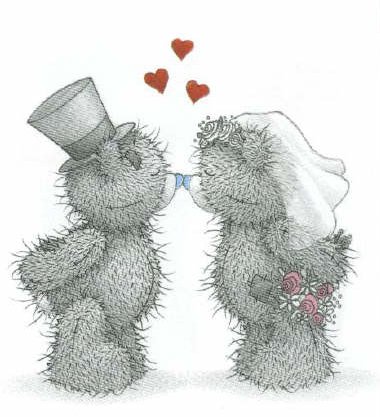We both have no music talent unfortunately. My hubbie loves listening to music but he does not know how to play any musical instrument. And despite my parents' great effort and investment to discover any untapped artist talent inside me, they eventually gave up after my private keyboard tutor frankly told them that I am kind of music deaf. And the only music-related thing I could keep in my mind is simply the beginning music notes of the song "Silent Night" which starts with "sol la sol mi...".
As a result, we hope to invest in Mew's music appreciation ability since her school age so that she can know how to play a musical instrument. Needless to say, even being an amateur music player, she will have more advantage in her personal and social life. Therefore, on her birthday, we decided to give her a musical keyboard (after having consulted with her of course). Mew had no clear idea of which instrument she liked or wanted to play so we chose the electronic keyboard which seems to be easy to play and carry. If she expresses any substantial interest in this keyboard, we will upgrade to a piano and invite a private tutor to teach her formally.
I tried to google some easy piano lessons online so that I myself can imitate and learn to play the keyboard first then teach Mew later. It was a bit difficult initially when I even could not read the music note. But with some more searches, I finally found out something really useful for a beginner. Moreover, I learnt from our keyboard's guide book that this one has some teaching functions so that a player could simply repeat the same music keys on the screen in order to play well some popular songs. My husband now even can play the song "When the Saints go marching in" and I can play other very simple songs such as "Happy Birthday to you", "Twinkle twinkle little stars' and "Frere Jacques". How amazing it it! Mew has been able to play the first part of the song "When the Saints go marching in" and I noticed that her fingers worked very well on the keyboard. However, she has not yet developed a great interest in playing keyboard so we still have to wait and see.
Here are some very useful website to learn it yourself how to play pianos:
- A virtual keyboard-piano: You can even play the music on a keyboard/piano anytime without having one. Fantastic!
- Youtube video to teach you hand-on experience of playing the song "When the Saints go marching in"- this is my first online piano lesson ever!
- Youtube video to teach you hand-on experience of playing the song "When the Saints go marching in"- this is my first online piano lesson ever!
- Music Tech teacher can help you to play the keyboard/piano with or without the official knowledge of music notes. Go to the section "Flash Piano Practice Keyboards" to find samples of songs including Frere Jacques, Jingle Bells, My country tis of thee, Chpstix, Ode to joy, Twinkle twinkle, When the saints go marching in, Surprise symphony, and Love somebody. Extremely useful for a beginner!
- 5 video lessons will have you learning the basics, and playing your first song, in less than fifteen minutes!
- Ready to venture more into the realm of music? Music Theory Online is a great site that teaches you all aspects of musical theory in a series of Flash-based lessons. Learn about notes, clefs, scales and much more.
- Music for a phone keypad can help you to kill the waiting time for fun.
- 5 video lessons will have you learning the basics, and playing your first song, in less than fifteen minutes!
- Ready to venture more into the realm of music? Music Theory Online is a great site that teaches you all aspects of musical theory in a series of Flash-based lessons. Learn about notes, clefs, scales and much more.
- Music for a phone keypad can help you to kill the waiting time for fun.
Good luck with your kid's (and maybe your own) music journey!











































